Off paddock infrastructure insights
14 min read
DairyNZ led a project to explore alternatives to crop-based wintering by designing practical, off-paddock infrastructure options that farmers could adopt. The goal was to design fit-for-purpose off-paddock infrastructure options that could be built at the Southern Dairy Hub (SDH).
These fit for purpose options would allow farmers to save time and money, planning and gaining consent. The options would be compared with crop-wintering to improve cow welfare, reduce environmental impact, system performance and cost.
This project was completed in partnership with Ministry for Primary Industries, Southern Dairy Hub (SDH), Southern Dairy Development Trust, and Southern Demonstration and Research Farm.
The project completed case studies with several farmers who had built infrastructure in the last 5 years. Their insights are organised into sections below.
Good planning is the foundation of any successful off-paddock infrastructure project. From choosing the right site and system to managing timelines, budgets, and contractors — there’s a lot to juggle.
Read more about planning and building
Time to plan is crucial. If timelines are tight consents and weather could become major roadblocks. Planning can take many iterations so learn to plan for contingencies. Case study farmers found a 10% budget contingency was helpful during the process and have extra feed on hand if timelines don’t align and the build is delayed.
Defining your strategy and values from the start is essential. This helps avoid making knee-jerk decisions, especially when you feel pressure during the process. Farmers who understood the why said this helped them stay focused and make better choices.
Time the project to fit with other operational requirements. For example, building silage pads first was necessary for some, so they were complete when the silage was ready to be harvested. If the barn is replacing feeding crop, consider your future regrassing programme. Farmers found that wintering in the barn, while beneficial, is expensive and machinery-intensive.
Communicating with contractors was a big learning curve for some farmers, they suggest asking the tough questions early and be clear about deadlines.
Some also experienced a change in contracting personnel which was not anticipated. The people that started the project sometimes were not the ones who finished the project, this can lead to unexpected challenges.
Assembling the kitset requires an instruction manual, ensure this is provided by the supplier. e.g. some teams ended up putting a few things together upside down, a mistake that could be costly for the budget and timeline.
Key design changes and actions farmers completed:
Roofing plays a vital role in off-paddock infrastructure by protecting cows, feed, and bedding from the elements. When planning a build, roofing design should consider ventilation, durability, cost, and how it integrates with feeding and effluent systems — all of which impact long-term performance and maintenance.
Read more about roofing
Ensure kitset instructions are provided and assembled correctly by experienced people to avoid issues during inspections, which would impact the overall process, time and cost. Keep reading for more insights from farmers.
Consider how bedding material will be transported in and out of the facility. Check the roof height and number of entry and exit points.
Natural light and sun exposure on the cows' backs, alongside plenty of ventilation to assist with drying out the bedding were important factors for farmers when considering roof type and construction.
To maximise natural light, farmers opted to double the number of clear light panels in a steel roof design or opted with the clear plastic tunnel style structure. An advantage of the plastic style structures was the ability to repair sections, rather than replacing the whole roof.
Some farmers believe that, despite the higher cost, investing in a steel-roofed structure would ensure the facility's longevity for the next 50 years. Others, however, feel the cost difference between a solid roof and a plastic one is minimal.
A bigger roof vent could improve ventilation and prevent odours. Modern designs include a large open space above the animals for improved airflow. Over the years designs have improved to allow more air into the facility and reduced odours. Building the roof 0.5m higher can allow more headroom for machinery, however over 0.5m could change the steel strength, resulting in increased costs.
Scrim or shade cloth was attached to at least one length of the facility to act as a ventilated wind break helping keep cows cool. Facilities with an end without a solid wall or slatted vents can help increase ventilation.
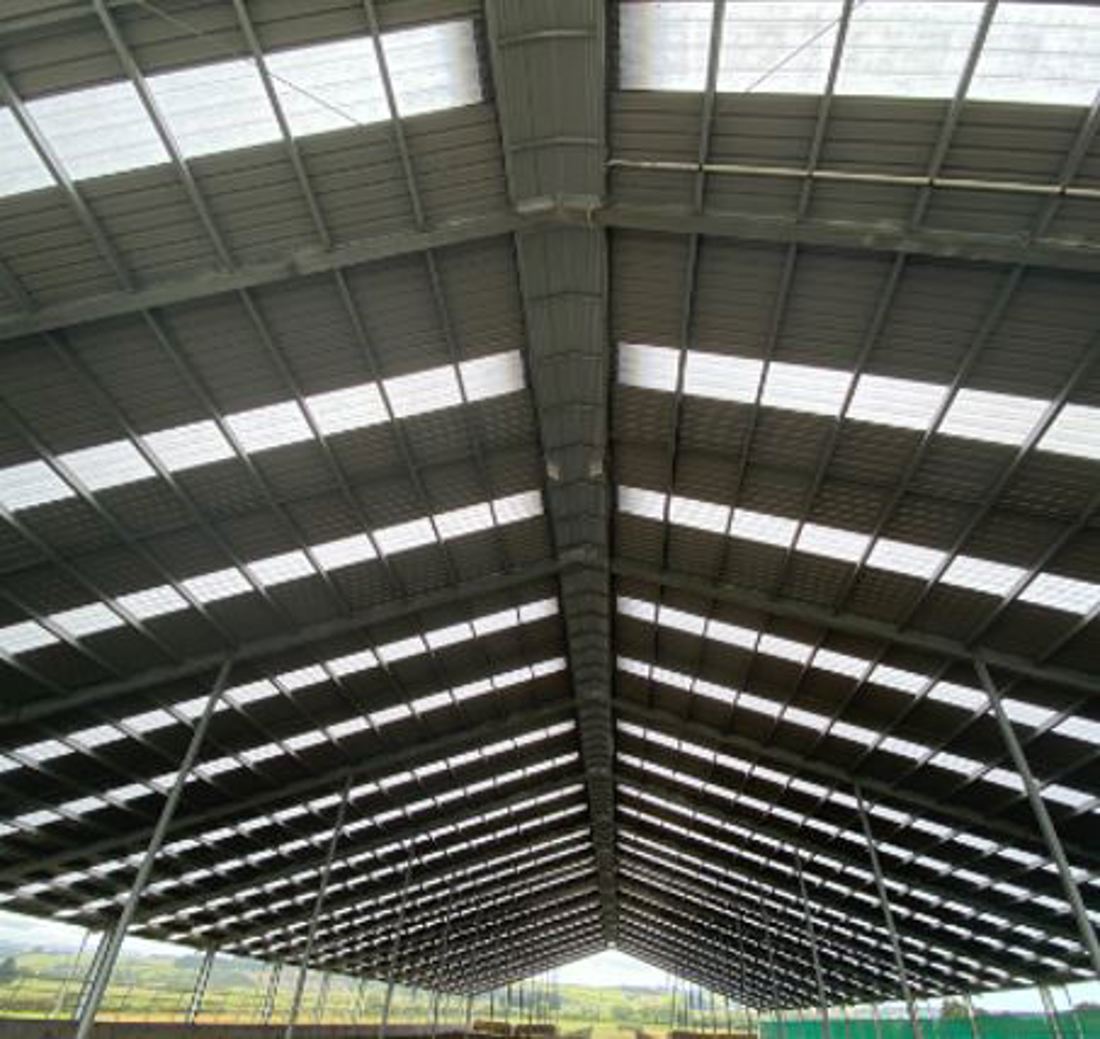
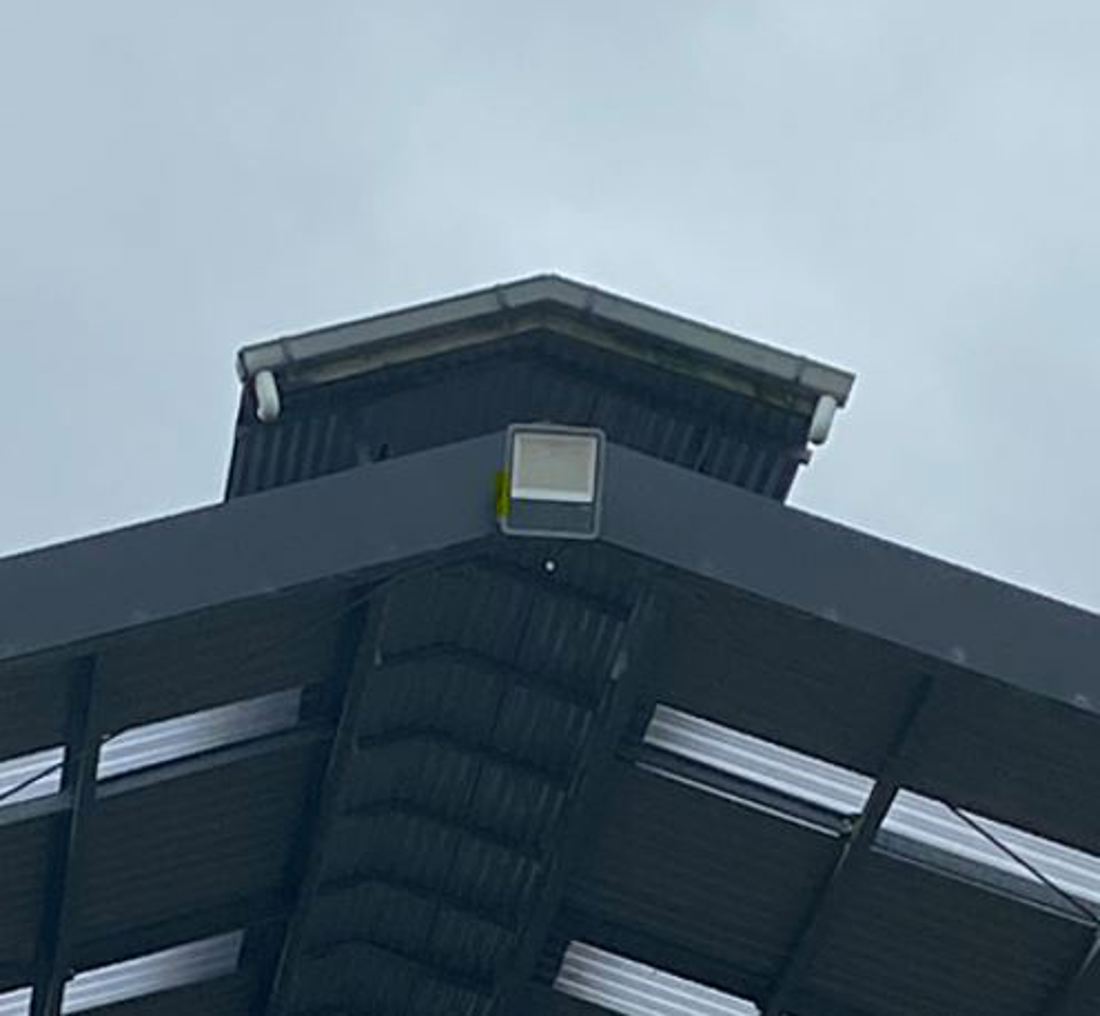
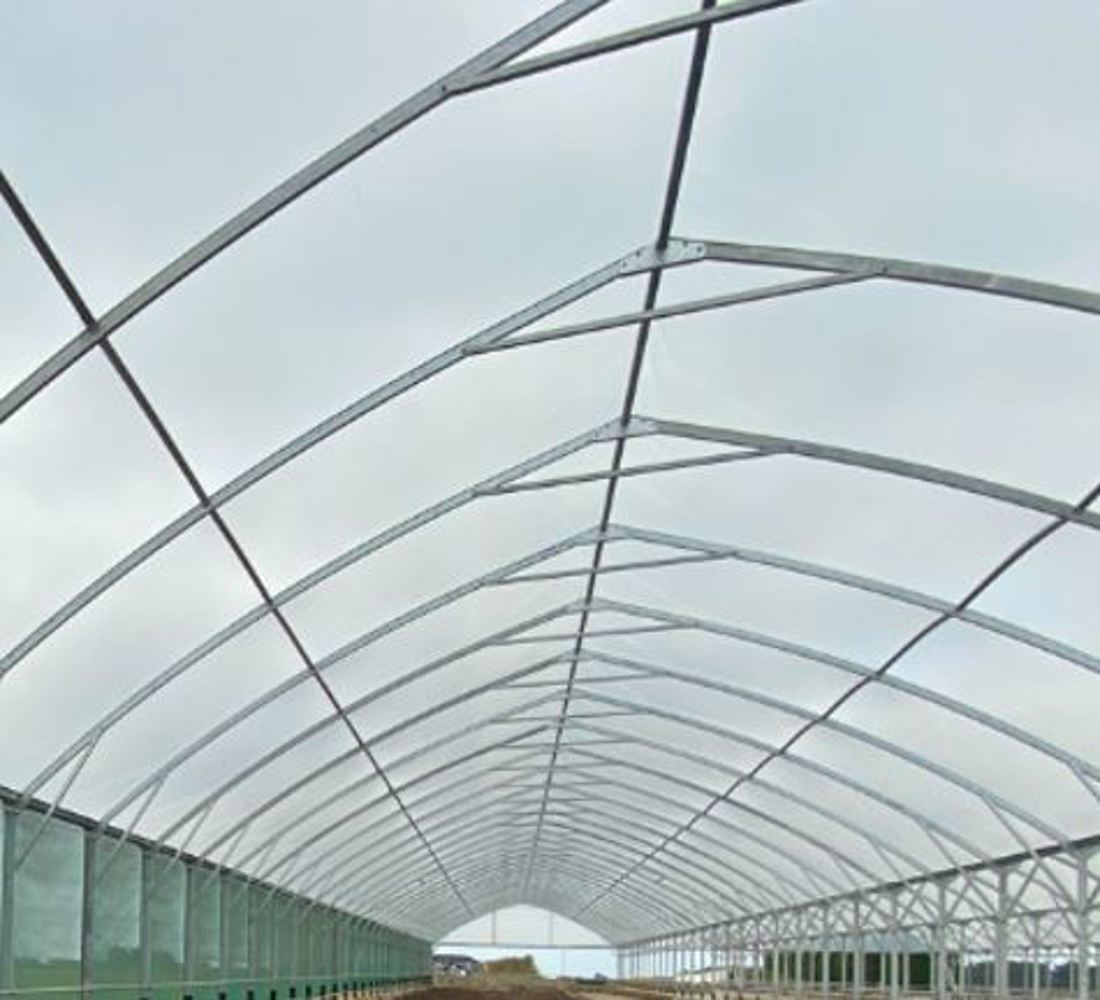
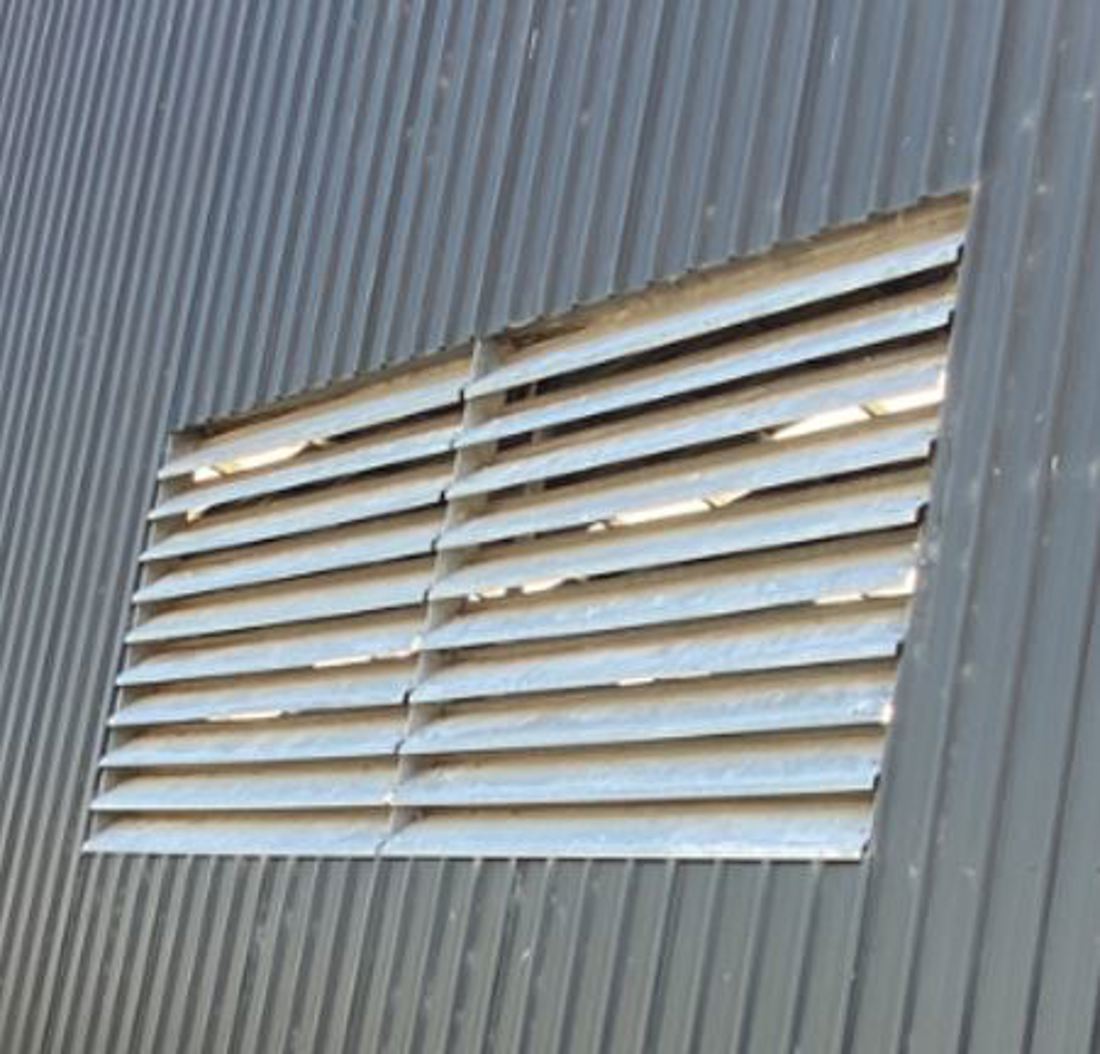
Effluent management is a critical part of off-paddock infrastructure. Getting it right means protecting waterways, meeting compliance, and making the most of valuable nutrients. Good storage design helps reduce labour, manage risk during wet periods, and improve system efficiency. Read more about farmers’ experiences with designing and building effluent systems.
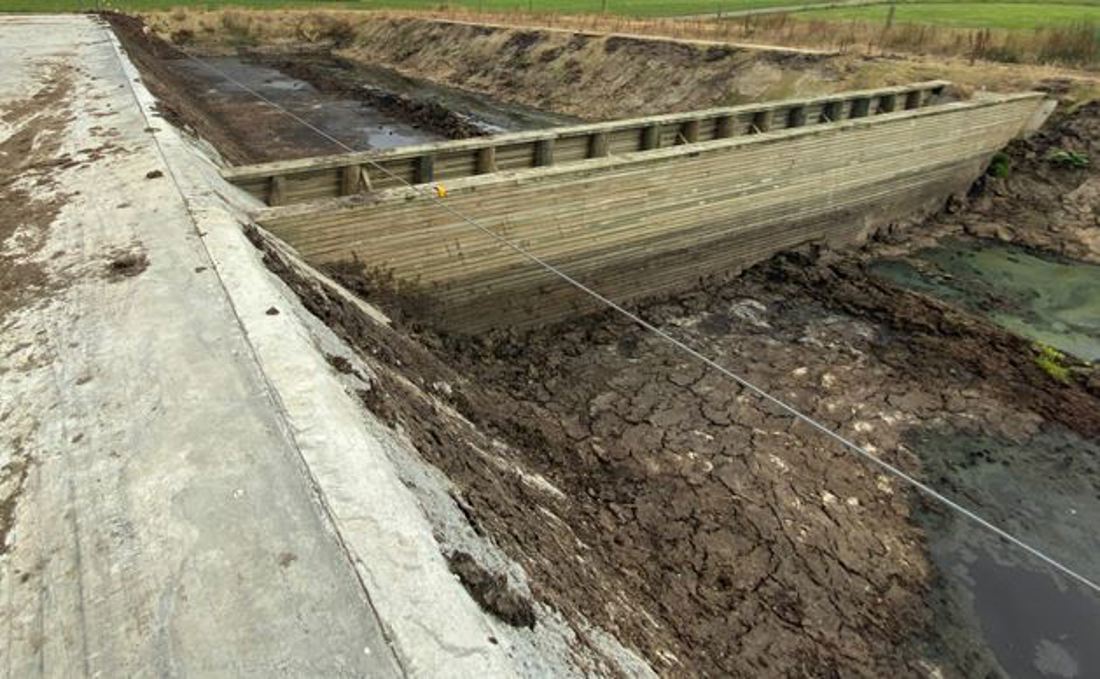
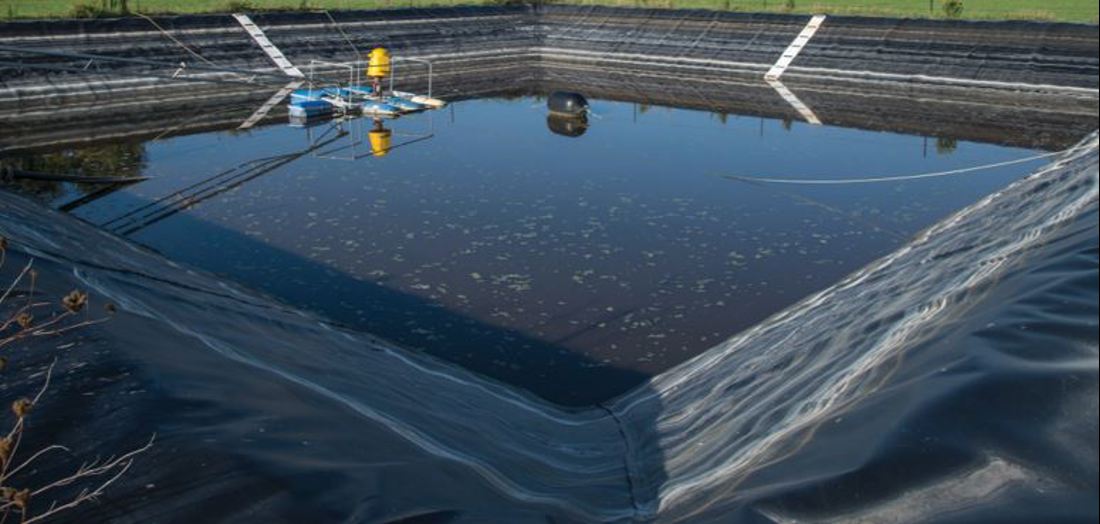
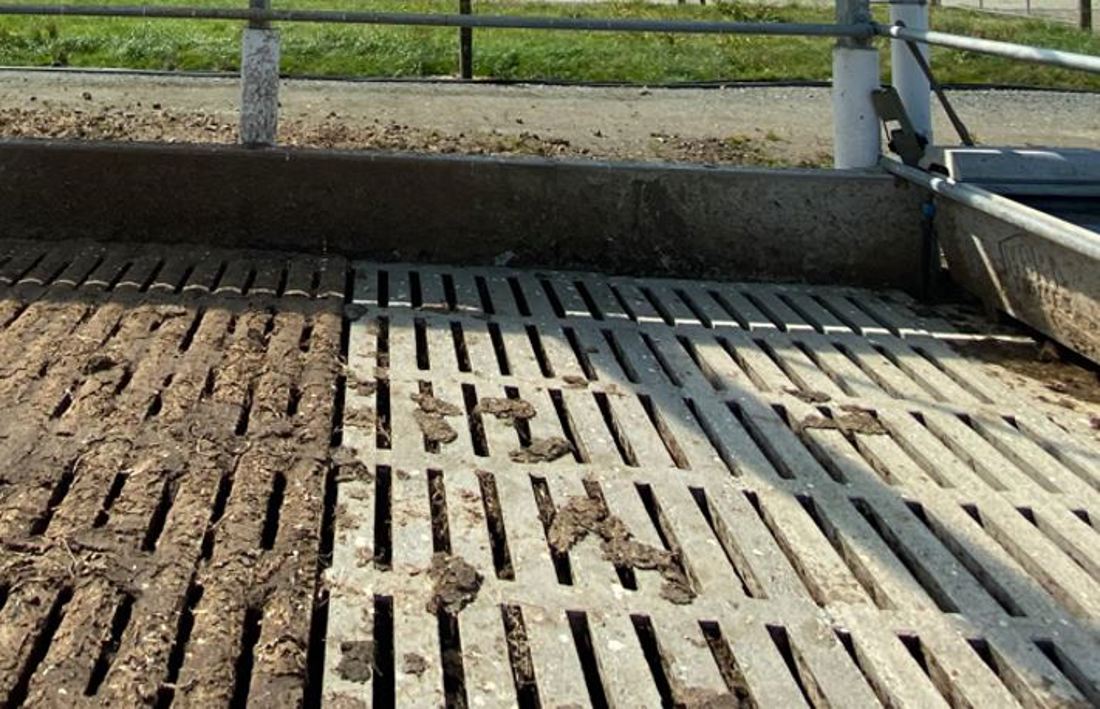
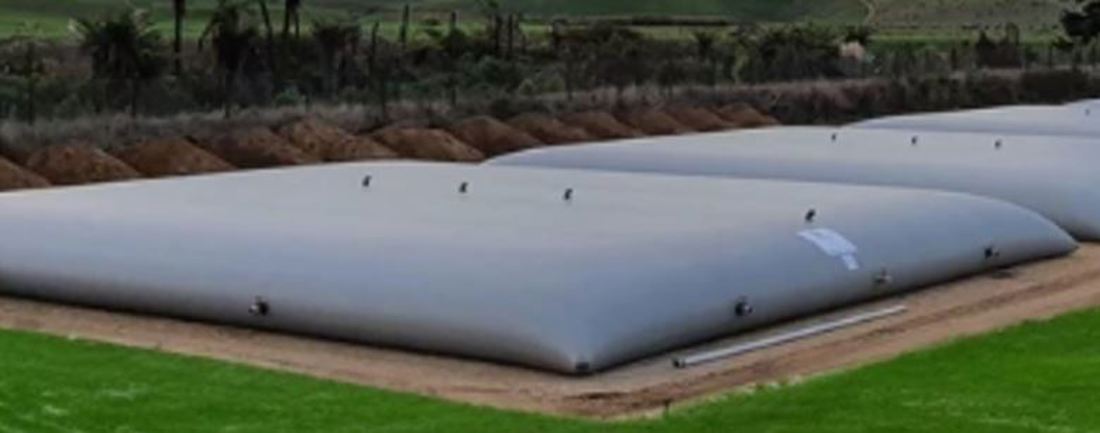
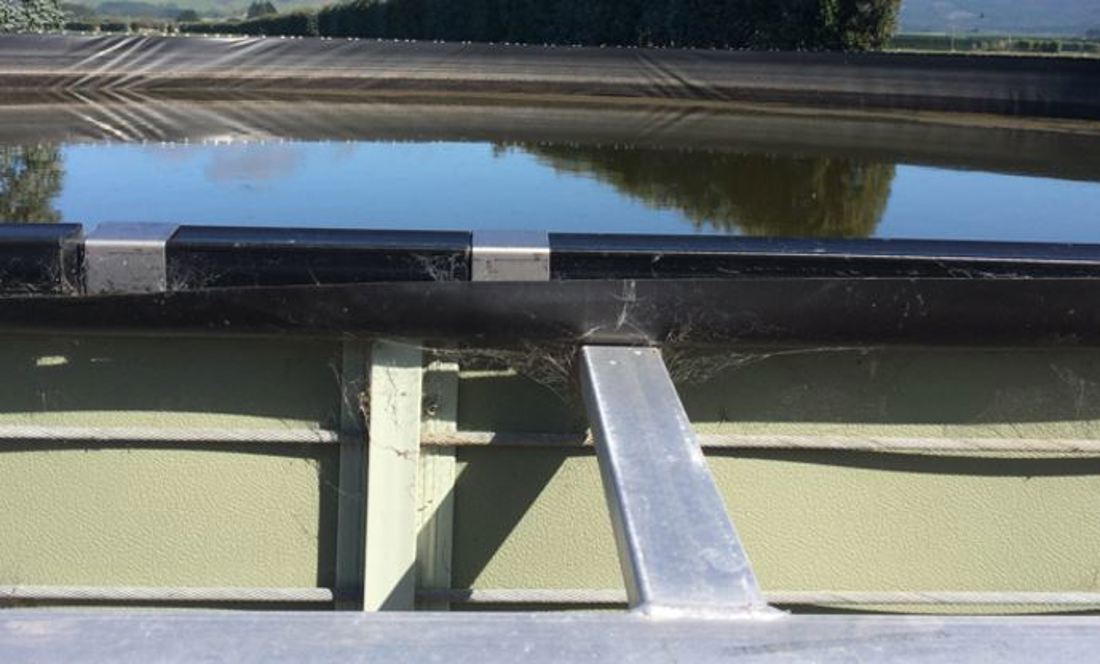

Effluent storage and management
Several factors need to be considered for effluent storage. Feed storage areas and solids separation should be integrated or retrofitted. Many effluent storage and management systems can be an expansion of the current system or a new install that has capacity to store the effluent generated. One farmer designed their system to allow effluent to fall through the rubber-matted concrete slat floors into bunkers below, meaning no additional storage was required.
Interlock the effluent system with the cowshed one because the greenwash recycling can become thick. By combining it with the cow shed yard and concrete, we achieve a better dilution effect.
Farmers had different reasons when making decisions for effluent storage and management, such as; location to the dairy shed, power, water, existing effluent storage facilities, available area and the type of management farmers were familiar with. One farmer stated that having power and other infrastructure already in place, meant fewer pumps and a gravity feed system. This helped simplify their setup and reduced the need for significant changes. Some options were discounted due to their aesthetics, poor recommendations or experiences from other farmers.
Contact effluent management suppliers and specialists early in the build project. This allows time to analyse costs and other requirements, such as diverting stormwater, on-going effluent management and length of time animals would be in the infrastructure in different scenarios. The Dairy Effluent Storage calculator (DESC) was a useful tool at this stage.
Effluent removal from feeding lanes
Scraper devices, either hydraulic, chain pulled or an implement on a farm vehicle are commonly used to remove effluent from feed lanes to a sump or weeping wall located outside the infrastructure, which helps contain odours. Some infrastructures use the greenwash to clean these areas. Scraping or flood washing can vary from daily through to weekly and depended on the degree of effluent generated.
One farmer initially used a basic scraper on the front-end loader with rubber tyre tips, but it wasn't effective, so they switched to rubber tips with reinforced steel. Tips should be turned or replaced annually. If the feeding lane is not perfectly level, it can cause liquid to pool, making it difficult to clean.
Farmers using the flood wash method, washed the feeding lane first thing in the morning, while the cows were still sleeping to avoid disorienting them and effluent splashing up their legs. Lanes need to be checked before starting the wash, if a calf is in there, it could become wet and dirty.
One farmer said sawdust that ends up on the feeding lane can get very heavy when wet, so having a good slope on the feeding lane is crucial to shift the material using the flood wash.
Effluent discharge
A farmer with multiple farms close to one another, highlighted the importance of taking effluent from any farm elsewhere, including their support blocks. This flexibility was crucial, as they had a solids separation system. Currently this farmer uses an umbilical system, with their own stirrer to manage the effluent, ensuring it's adequately mixed before being applied onto paddocks. Consenting was required for these activities.
Farmers considered the effluent consistency and spreading ability. Most systems required a sloppier texture for easier stirring and spreading, unlike composting barns that require a drier texture, for the effect on the bedding and the composting process. Occasionally, farmers would use captured water from the facility and tip it into the weeping wall to make it a more appropriate consistency for spreading.
Effluent nutrients
Effluent is incredibly valuable as a fertiliser. Over the years, some farmers have tested samples from their ponds. One farmer found that applying it at 10mm provided almost identical nutrients to the fertiliser they would normally apply following silage being cut. This meant farmers chose to invest in more umbilical hoses, significantly reducing their fertiliser cost.
Many farmers identified their potassium levels were high. Managing nutrient overload with a facility was a concern. To mitigate nutrient overload, if silage was cut on a support block, slurry was exported back to where the silage was cut, to avoid a nutrient build-up on the dairy farm.
The focus of fertiliser was on managing lime, nitrogen, and sulphur, and avoiding potassium, except in areas where effluent/slurry could not be applied.
The workload of handling effluent solids is a big consideration, including the cost of muck spreading, which involves a lot of labour. This can be an intensive process and should be factored into the overall management plan and facility design.
Greenhouse gas (GHG) emissions was a consideration for farmers but didn’t influence their effluent management decisions. Farmers did consider how the imported feed may contribute to their GHG emissions.
Effluent systems are complex and can become costly for an effective system. Plan carefully and consider all aspects to ensure a sustainable and efficient system.
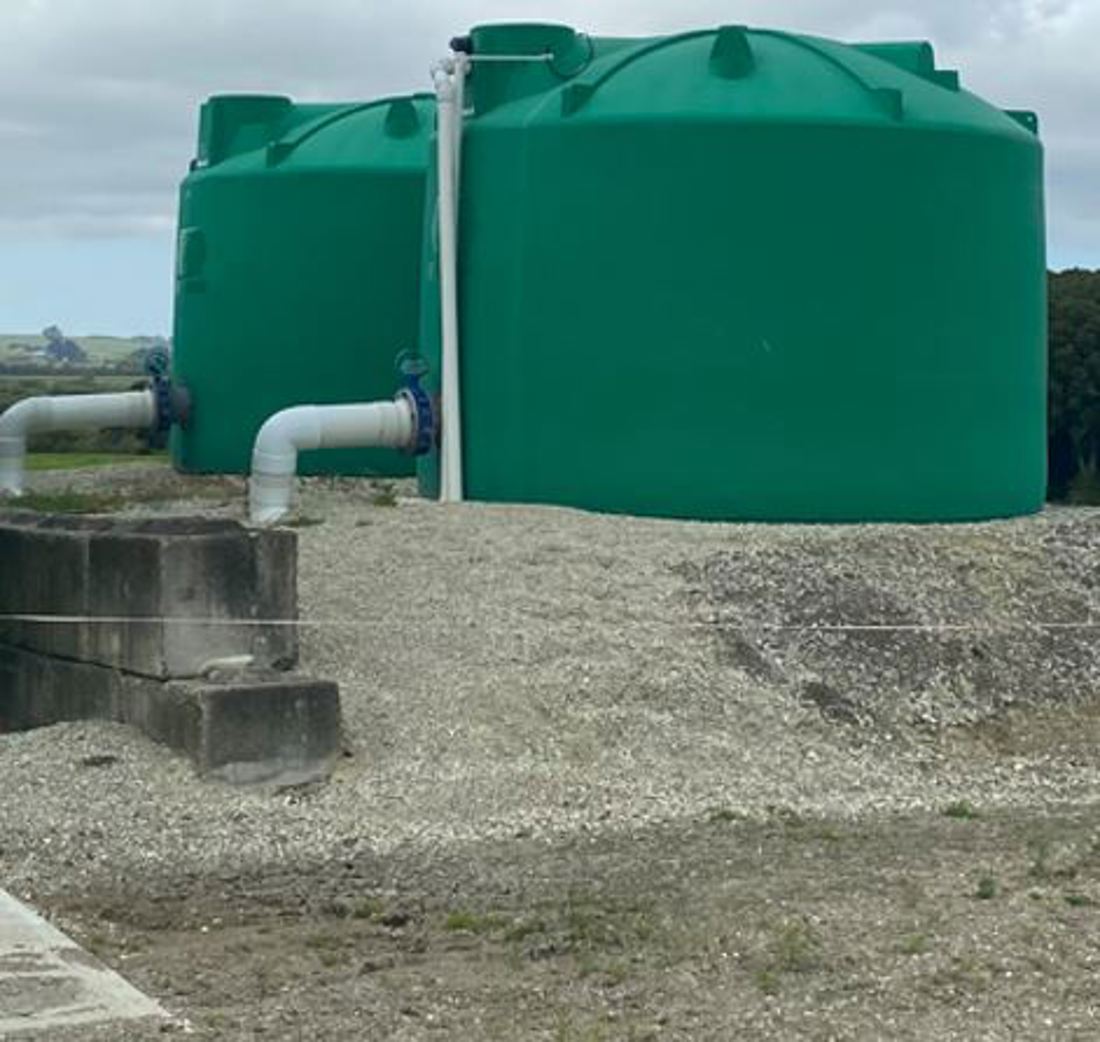
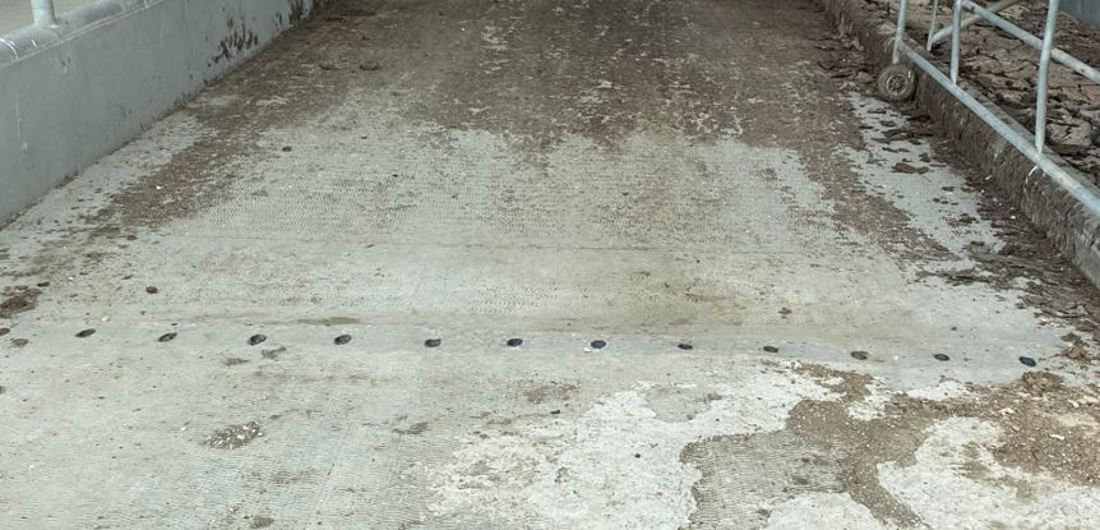
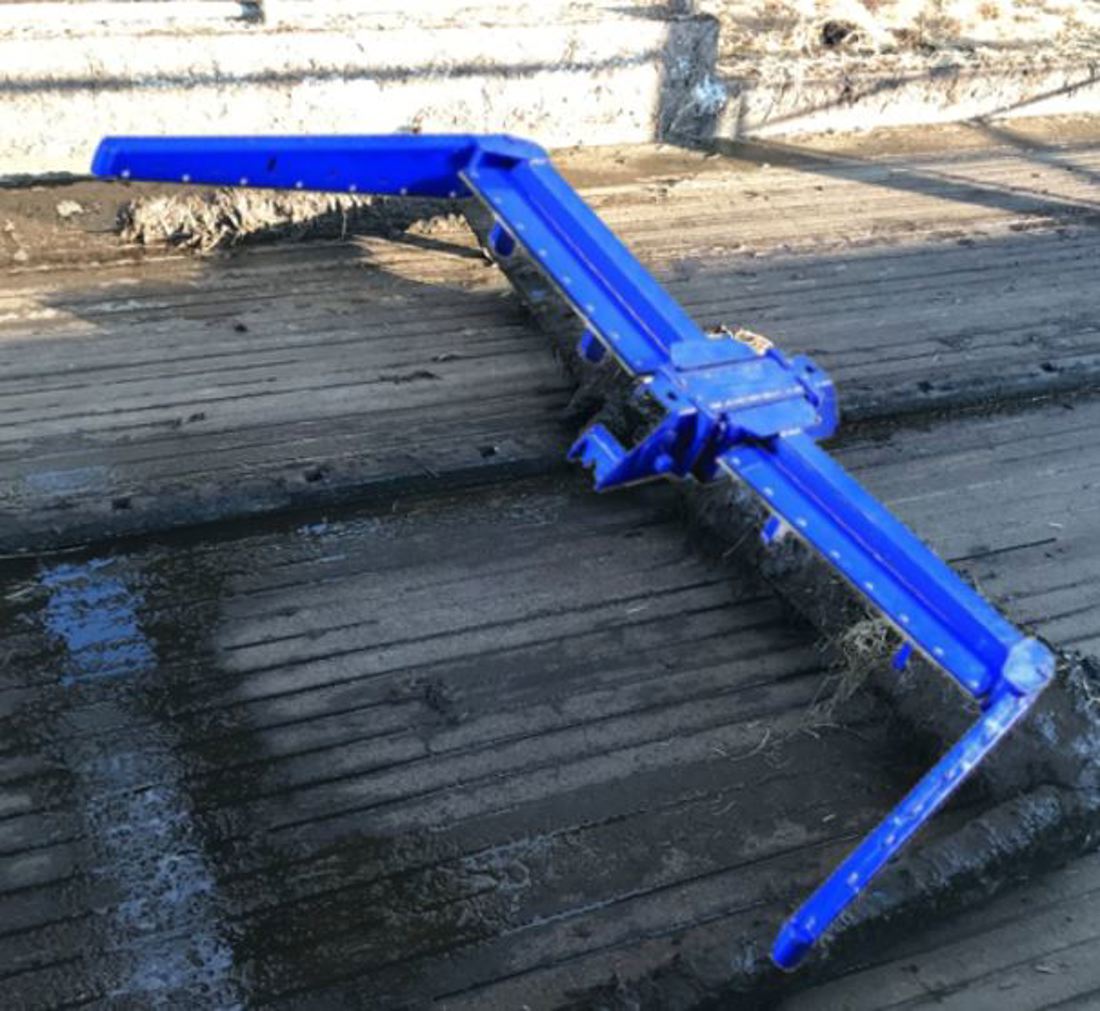
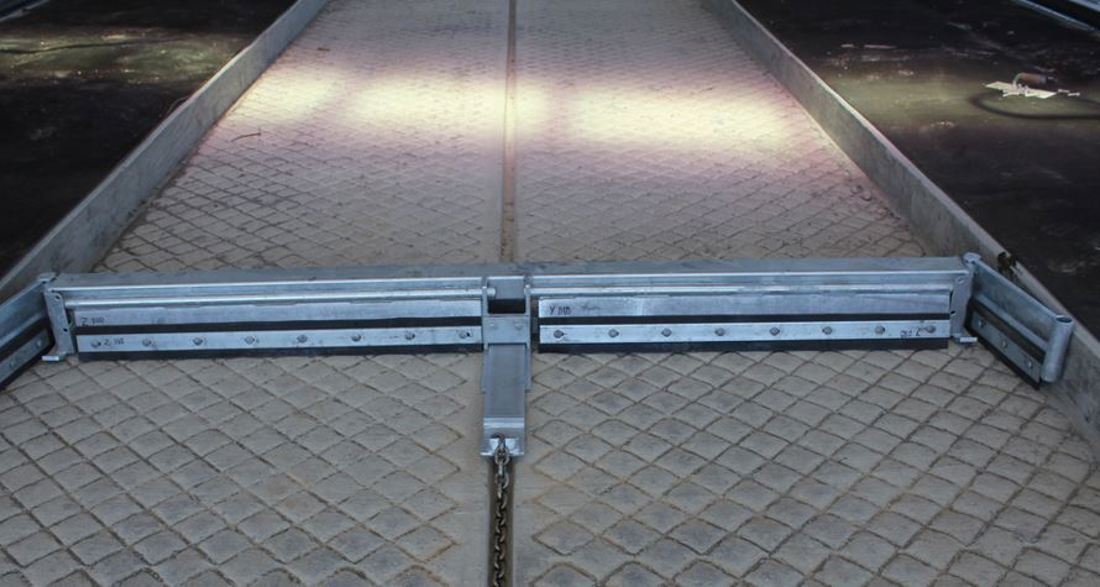
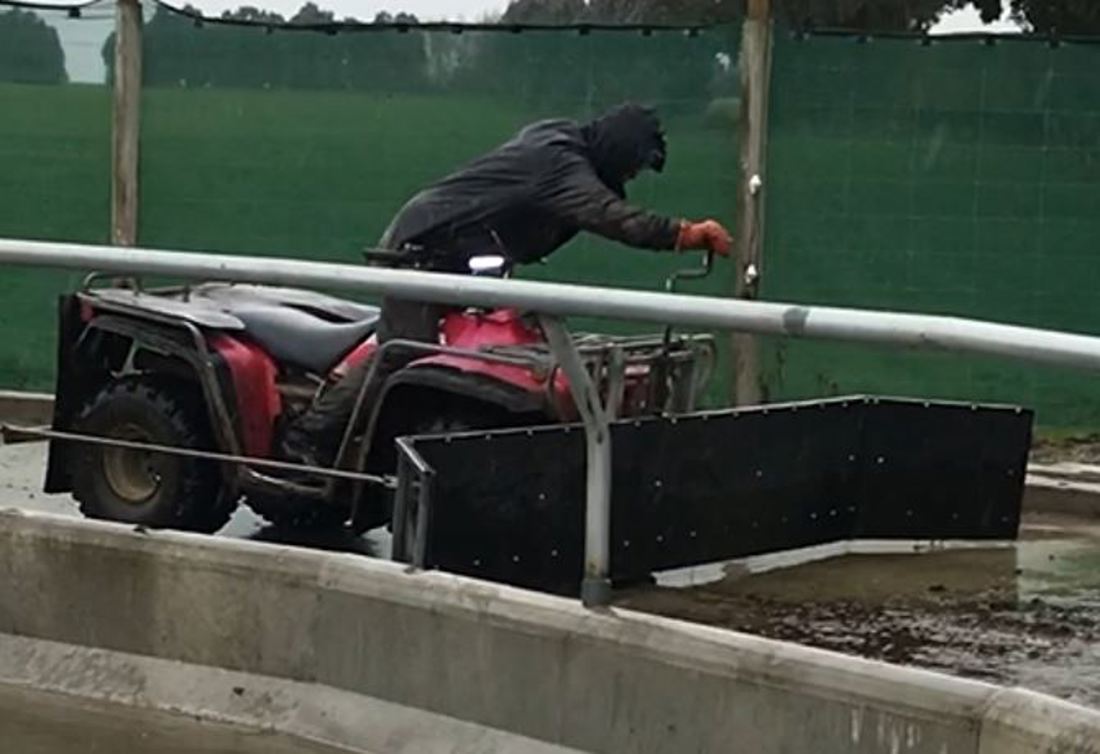
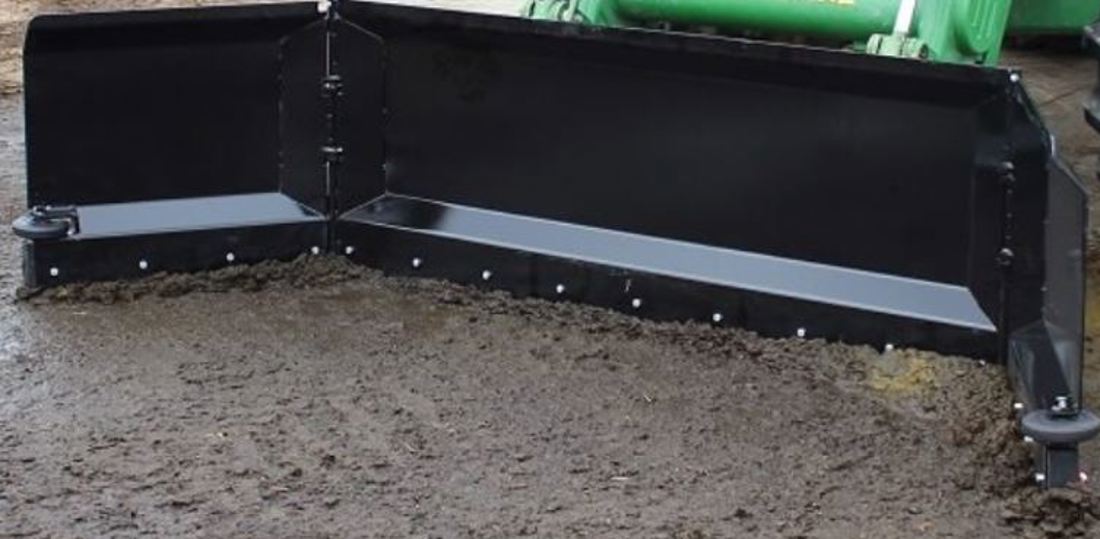
Loafing areas and bedding make a big difference to cow flow, comfort, and labour efficiency. Well-designed loafing zones reduce stress on animals and people, while the right bedding choice supports cow comfort, health and hygiene. Read more about farmers experiences with design and maintaining loafing areas and bedding materials.
Read more about loafing area and bedding materials
Long term supply of woodchip was a major concern for famers, thought needs to be put into where they'll source the woodchips in the future and have a plan to be less reliant on wood chip as bedding for their facility. Ensure that you understand your options for short and long-term supply of bedding materials. Consider options to produce your own (trees or straw) or can you change products when needed?
Make sure your facility design includes a plan for how bedding material will be delivered and removed.
In the case studies, synthetic foam matting was most used for stalls with a covering. The matting is approximately 50-70mm of foam with a canvas cover, often sourced from overseas, with an 8–10 year continuous use guarantee, dependent on how much use it receives.
One farmer made a design change by adjusting the step-down height from the beds and the width of some stalls to better accommodate the size of his cows. Consider what stage of life your cows are at, and your genetics to accommodate for sizing adjustments over the years.
At calving time, cows are more comfortable on composting wood chip or sawdust than on a concrete floor. Loafing areas were used for calving as a more appropriate area than the stalls. Loafing areas were generally a concrete floor with either wood chip or straw on top. This setup allows for flexibility during the winter and a cost saving of not installing a liner under the bedding material because the site was solid, and the council didn't require it. Some farmers with nonconcrete flooring did consider installing a liner for futureproofing but decided against it due to the cost.
Several farmers chipped their own trees on farm to reduce the amount of woodchip bought. One farmer has a planting programme to keep his supply steady but noted he found it difficult to estimate the amount needed.
Chip is often delivered onto a pad and then bucketed into the barn. Composting barns with sawdust, have worked the best.
Some farmers weren’t happy with the annual cost and supply of wood chip and thought the yearly operational costs of using straw were lower than woodchip or bark chip. One farmer started growing grain as part of his operation but now buys the straw from a neighbour.
Straw doesn't increase the total effluent collected as it soaks up some moisture. Straw is cleaned out once or twice during the spring and stockpiled on the silage pit area when it is later spread onto a paddock (which breaks down easily) and any leachate goes into the effluent system.
When freshly calved cows were removed from the calving area in the morning, new straw would be added to manage the bedding. During busy times, this could be 6-7 bales per day, reducing to two every other day by September, this facility holds 230 cows, but all 980 cows will calve in there.
Farmers discussed the silage dry matter and its effect on the bedding. One farmer said a dry matter content of 50-60% is crucial as it keeps the pens cleaner, and bedding didn’t get as wet with the sloppier manure generated from a lower dry matter silage. Others opted for milking quality silage and added supplements such as PKE/straw/hay to get a higher dry matter content. If purchasing silage, farmers recommend that dry matter content requirements are discussed with the contractor before the grass is cut, to ensure it meets their needs.
Overall, managing bedding materials involved balancing cost, supply, and practicality to ensure cows were comfortable, and the barn remained clean, dry and efficient.
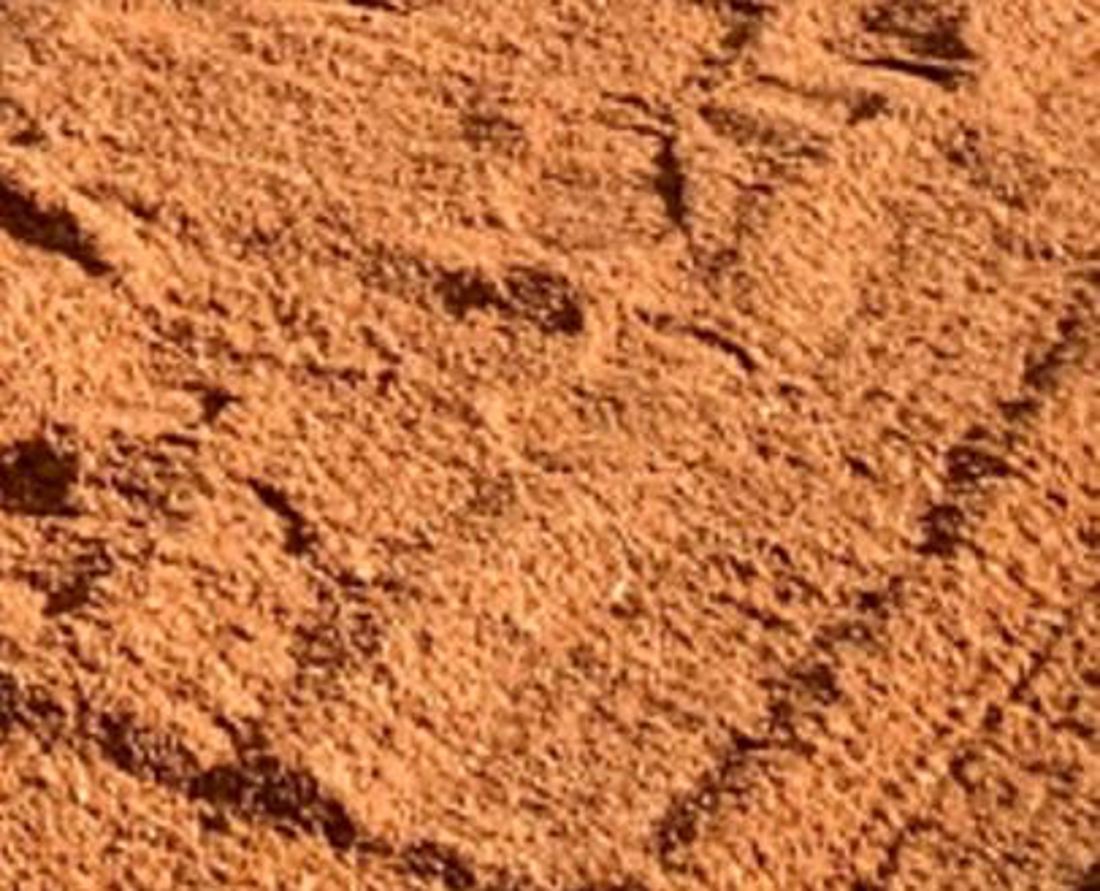
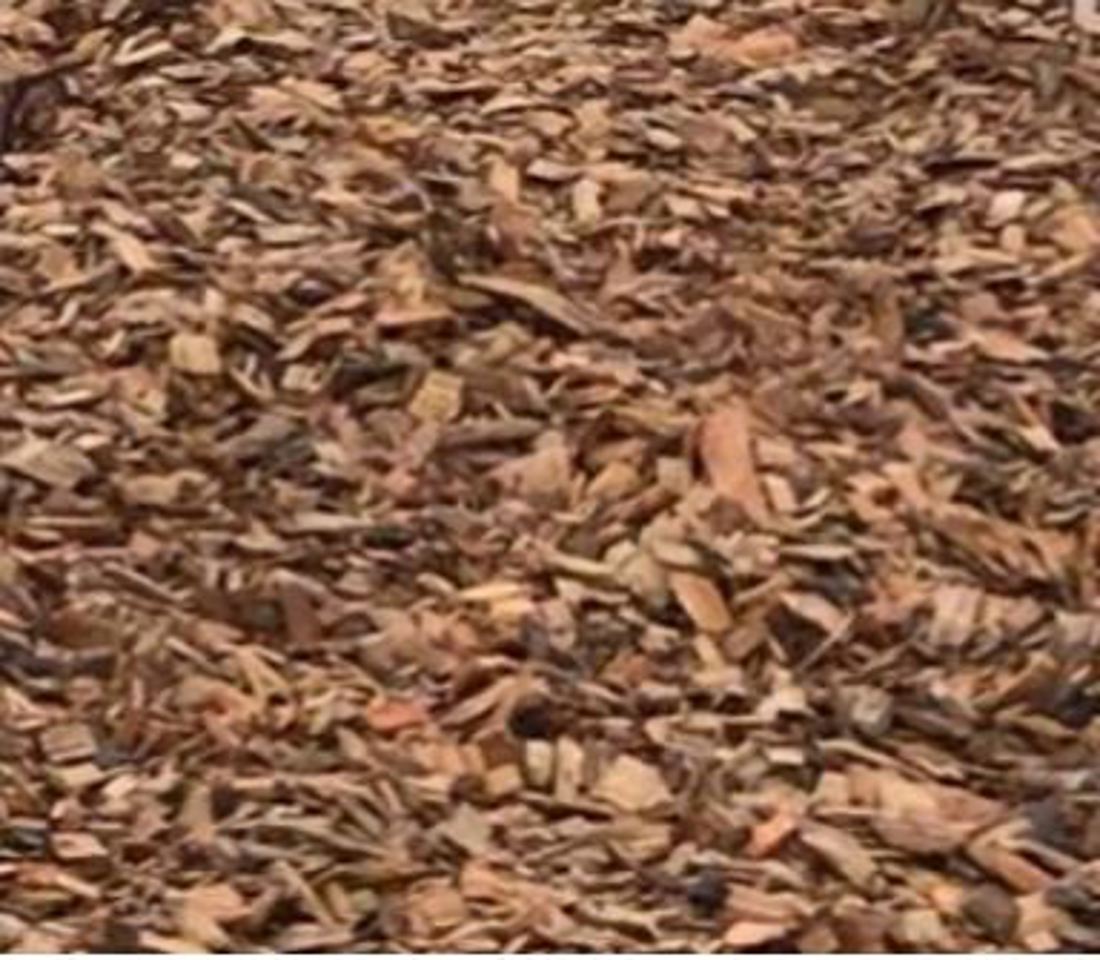
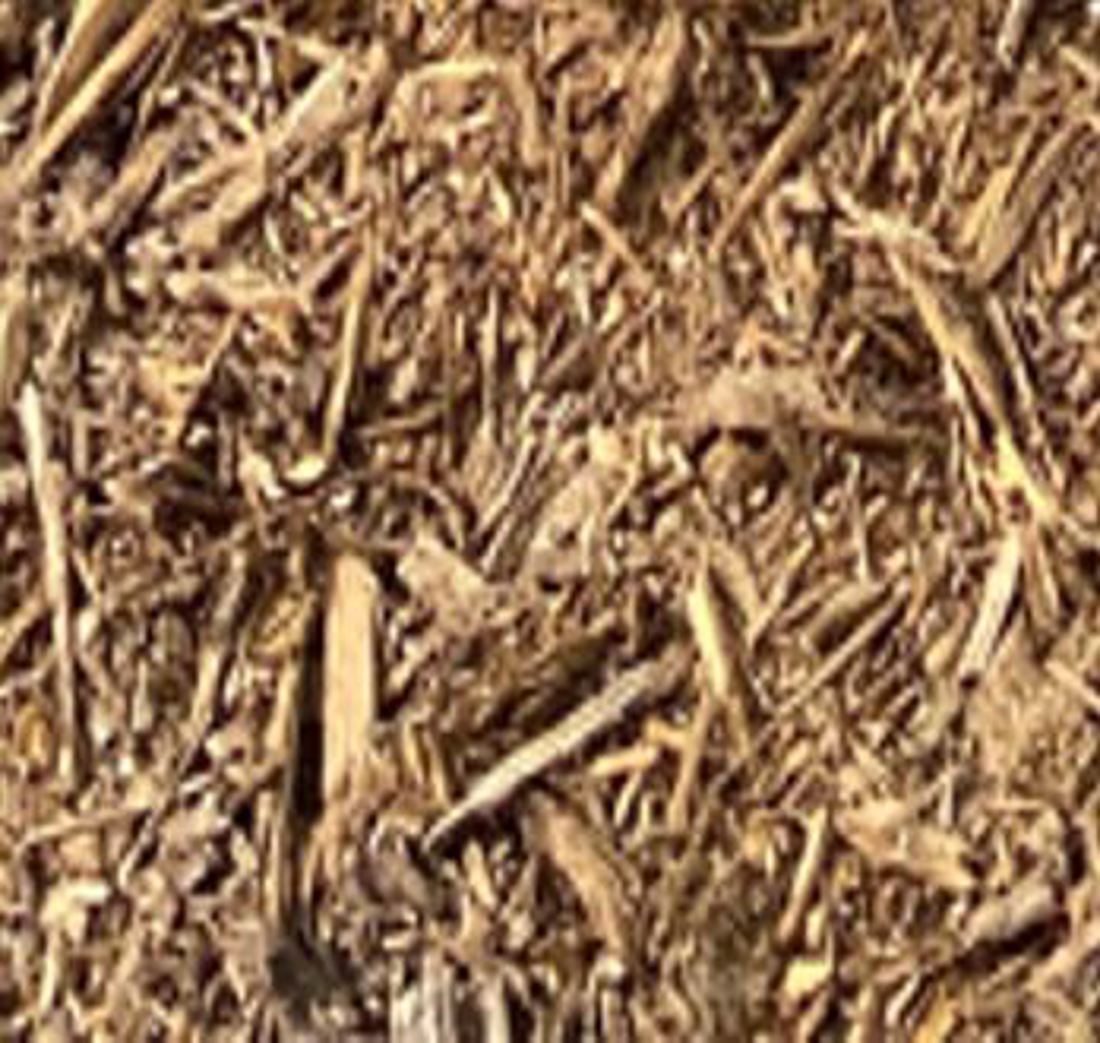
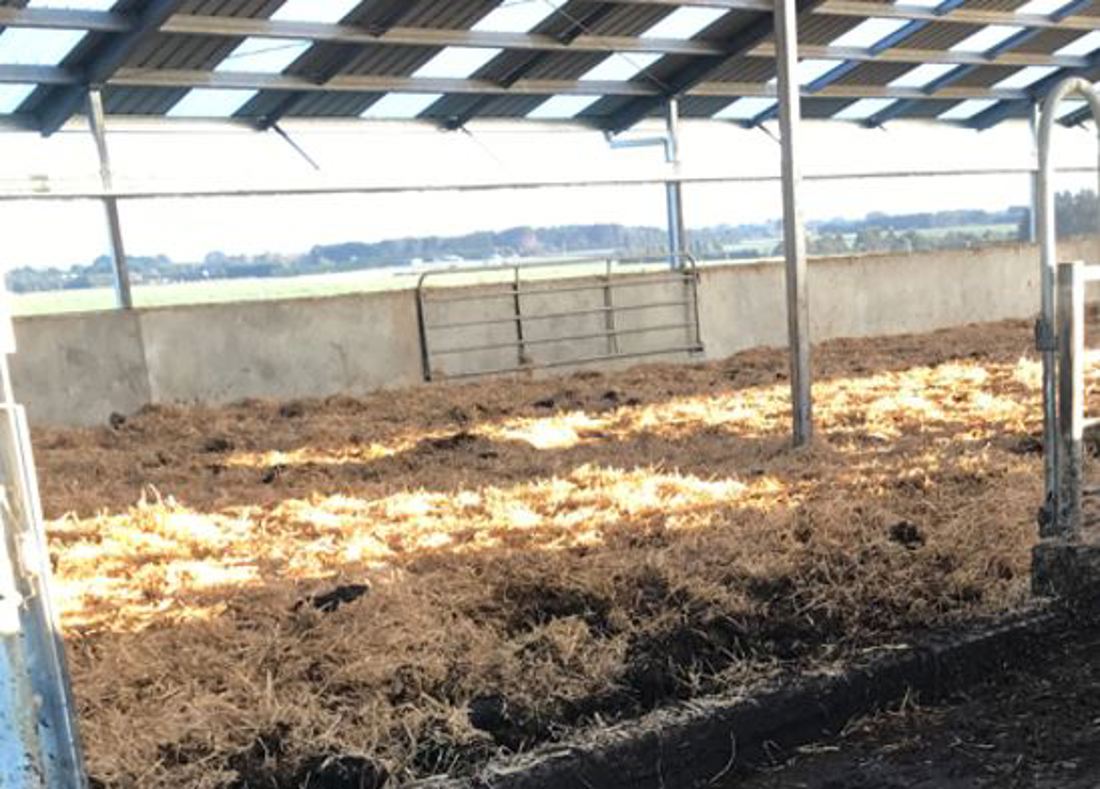
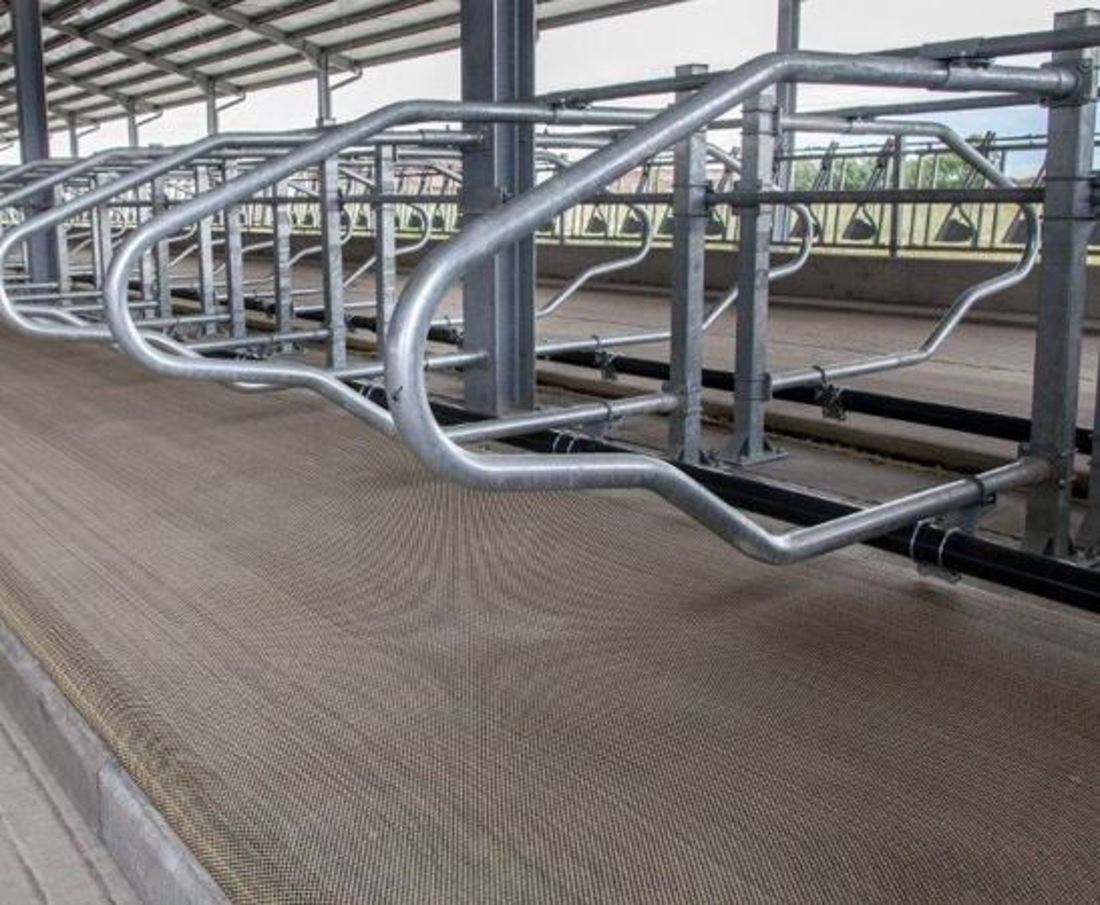
Consents can be one of the trickiest parts of building off-paddock infrastructure. From regional council requirements to environmental considerations, getting the right consents early can save time, money, and stress. Read more about farmers experiences with contents.
Read more about consents
Don’t rush into lodging your consent until you know exactly what you want. You might end up with a consent for something that needs to be changed later, leading to a lot of unnecessary time and cost. Case study farmers found land use consent was relatively straight forward but must be completed in conjunction with the discharge permit. Get help from an experienced person to reduce stress during this time.
Restrictions could limit the use of the barn to 3 specific months of the year, ensure you have flexibility to use all year round.
The consent process varied greatly between operations. One farmer spent $80K on a land use consent but eventually pulled the pin because the process became too difficult.
One farmer estimated $50K for all consent requirements and planning but spent $70K. Another farmer tried to gain consent for another block to be included, it was a long and unnecessary process, costing around $120K and taking 18 months . Please note, consenting issues and costings were obtained 3-5 years ago, when there was some uncertainty and may not be reflection on current experiences.
Another farmer wanted to increase their cow numbers, the cost was around $130K and a large portion of the cost paid for consultants. This consent was lodged around the time government had proposed freshwater policy changes, which could restrict land use changes. Some farmers wished they had applied for consent for a higher number of cows to future-proof their system.
Farmers with multiple farms applied for a global consent for all farms at once. This flexibility to build other infrastructure in the future, meant they had options, like a new cowshed. The process for this consent was quite quick but required a large amount of preparation.
Overall, consenting requirements and the process was a bigger task than estimated. Effluent specialists helped all farmers navigate the process with Environment Southland (ES).
Farmers found District Councils more challenging. Don’t underestimate how long the building consent may take, with some being quick and some taking eight weeks. Building consents were particularly tough, especially engineering requirements and producer statements. One farmers consent took 3 months before they could build.
As part of the process, you may have to:
Feeding systems are central to off-paddock infrastructure — they impact cow intake, labour, waste, and overall system performance. Feeding equipment is a key part of any feeding system — it affects feed delivery, cow access, labour efficiency, and maintenance needs. Read more about farmers experiences with designing, building and maintaining feeding systems within off paddock infrastructure.
Feed supply and demand
Facilities with feed storage along the side of the facility allowed more area for extension of structures in the future.
Feeding cows requires careful planning and consideration, starting with testing silage for dry matter and metabolisable energy, to ensure it meets the cows needs and reducing costs of over-feeding or the impact of under-feeding. You might want to weigh and test every silage load to ensure quality.
To reduce complexity with feed, some farmers opted to make or buy silage of milking quality, to reduce multiple stacks with multiple herds in different physiological states. However, during winter, straw, hay or PKE was added to increase the dry matter content and create a less fluid manure.
Understand the short and long-term supply of silage. Can it be incorporated into the farm system to produce, rather than relying on the market.
Where barns were used for calving, cows were often drafted into springer groups 17-21 days before calving and fed a transition diet to prevent health issues.
Farmers using their infrastructure outside of the cows’ dry period, budgeted for approximately six weeks of 100% supplements. Diet must be carefully managed, when the cows didn’t get enough green feed, their production declined sharply, even if they were fully fed on silage.
A consistent supply of pasture for silage is crucial. Some farmers say it’s essential they don’t rely on the feed market and have support blocks that allow for a self-contained cycle i.e. can make the silage, clean the barns, and apply effluent and bedding back onto those silage paddocks. The downside is the distance from support blocks to the platform, which could require additional equipment.
A reliable contractor and supplier who understands the farmers requirements is essential. Some farmers decided importing feed was the simplest option and allowed them to focus on managing the day-to-day operations.
Water troughs were commonly placed on the outside of loafing areas, which prevents water leaks from filling the barn. Many farmers had tipping troughs, making them easier to clean. Troughs could be used to add water to the feeding lanes to aid a more liquid slurry.
Feeding equipment
Farmers invested significant capital in feeding equipment. $200Kfor mixer wagons, $300K tractor, either additional or upgrade, and $200K for telehandlers. Costs are important to consider when planning the feeding management systems.
Some farmers used their silage wagon, adding straw at the bottom and silage on top. This mixes the feed a bit when being fed out. Others invested in a mixer wagon.
Telehandlers with an attachment to reach the top of big stacks were used by some. It claws the silage down onto the concrete, where it's picked up with a grain bucket. This system was quick and efficient, with minimal waste.
Silage wagons with weigh scales attached, helped prevent wastage by ensuring the right amount is loaded. One farmer increased the size of the feed-out wagon for efficiency, and another opted to install a meal feeding system in the milking shed, a cost-effective option compared to a bigger silage wagon.
The workload of the feeding equipment varied between systems, some increasing efficiency by travelling less overall distance and some increased their workload by adding other tasks they hadn’t done before, which led to more maintenance and fuel costs.
Robot sweepers were considered by some farmers but the design of their feed alley had a step-down so farmers manually sweep the feed up, this was an advantage for them, as they could check the cows at the same time.
Feeding in barns has its challenges. If cows are hungry, they might push each other, leading to accidents and or injury.
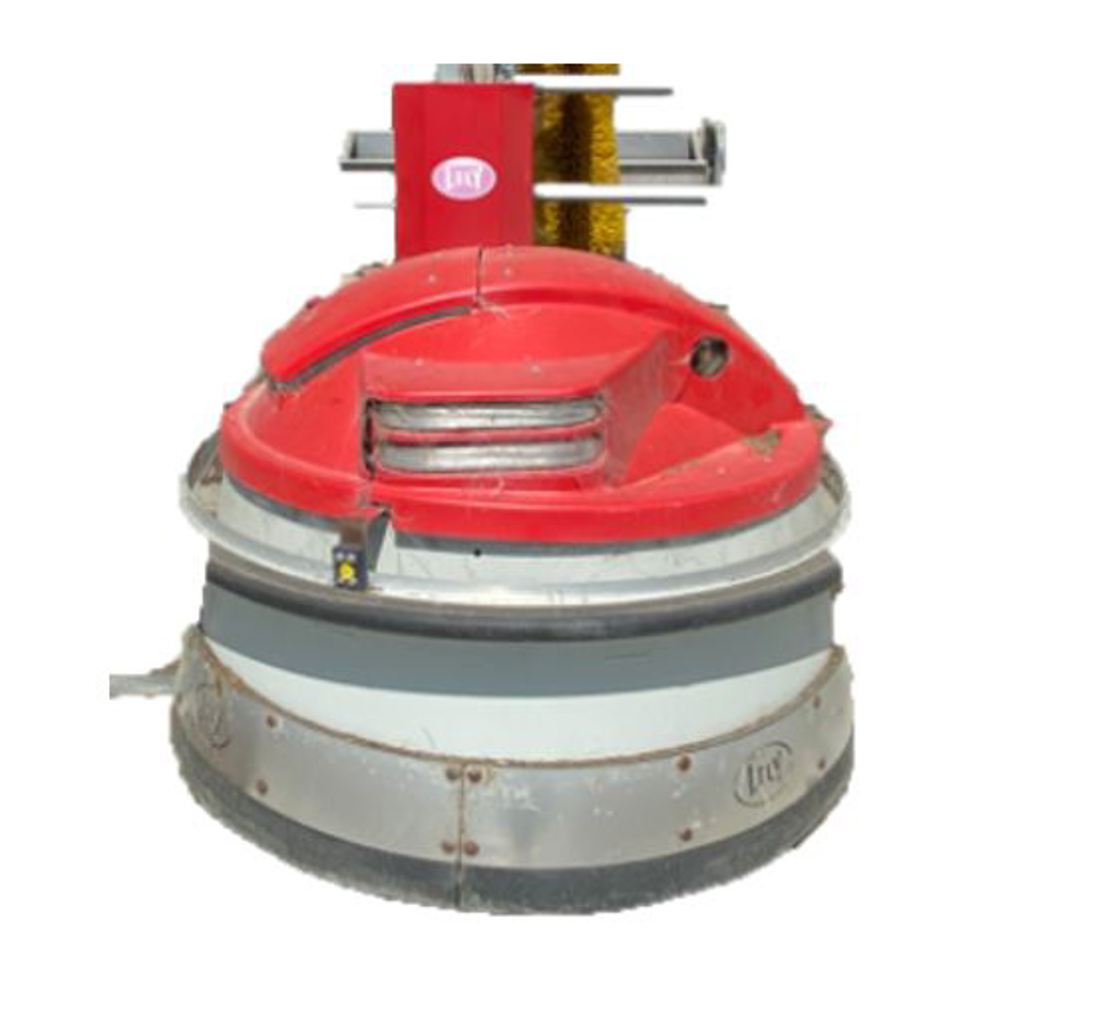
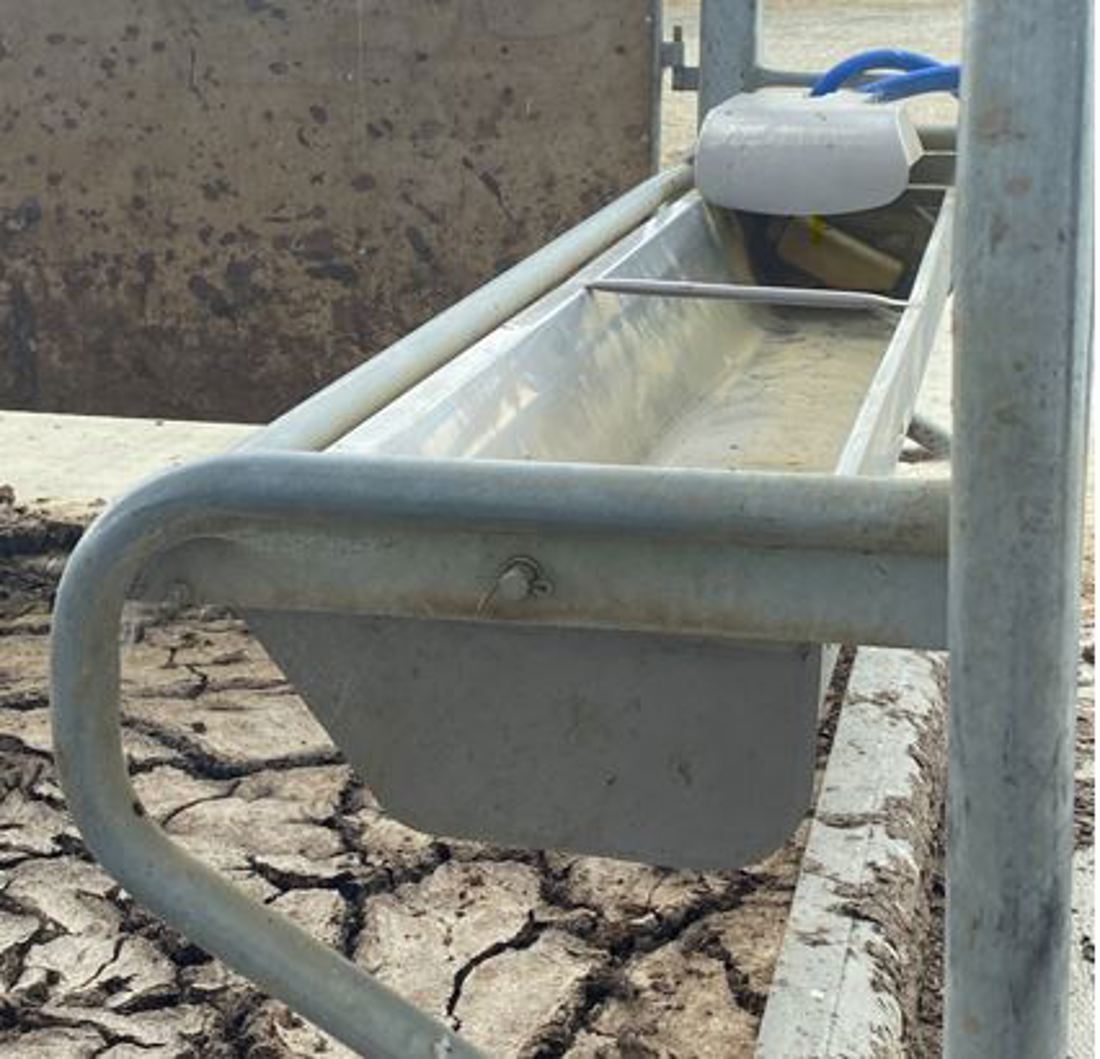
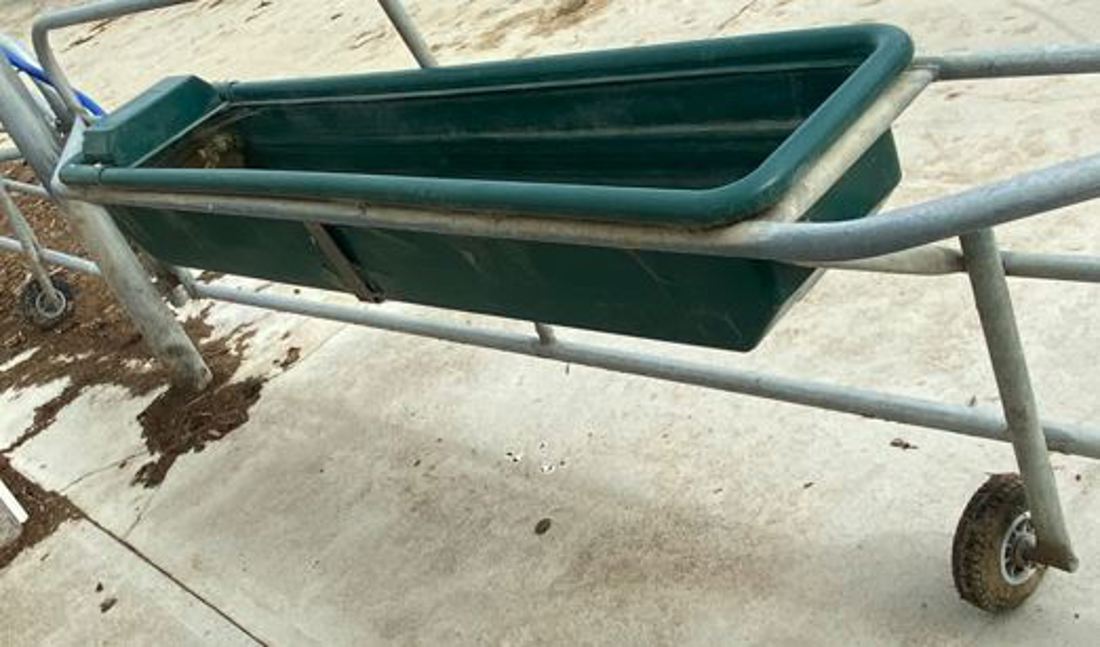
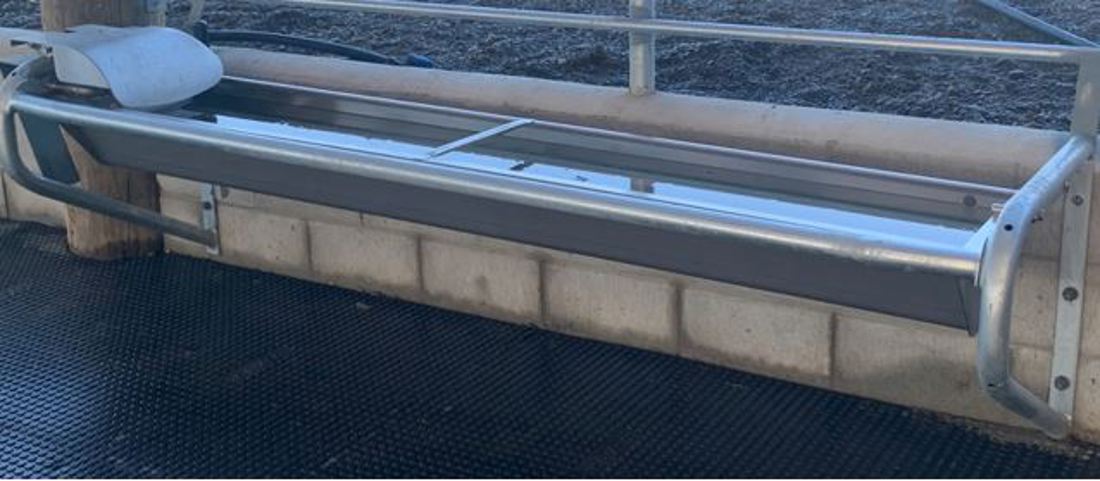
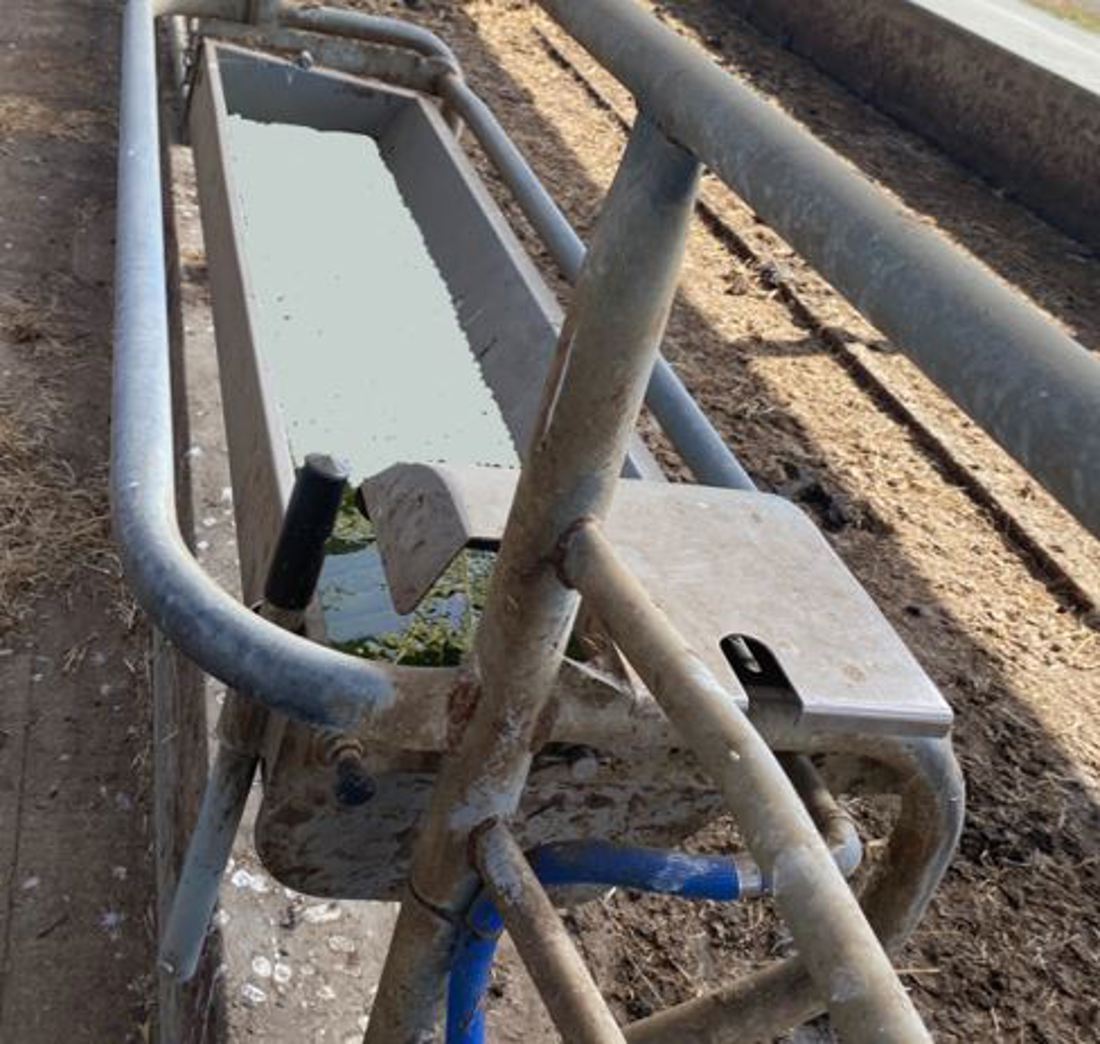

Now’s the perfect time to check in, plan, and set up for a strong season. We’ve pulled together smart tips and tools to help you stay ahead all winter long.
Whether you prefer to read, listen, or download handy guides, we’ve got you covered with trusted tools to support your journey every step of the way.
Put our proven strategies and seasonal tools to work. Boost production, support animal health and watch your profits hum.
Tools that are backed by science, shaped by farmers and made for this season.
That’s Summer Smarts.